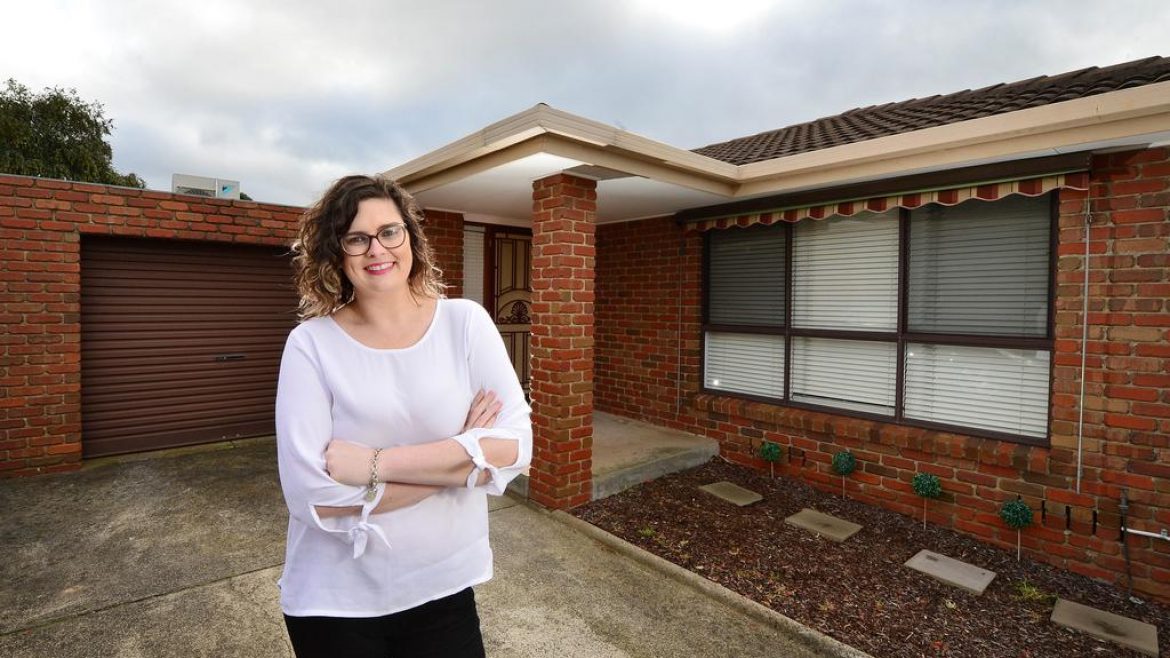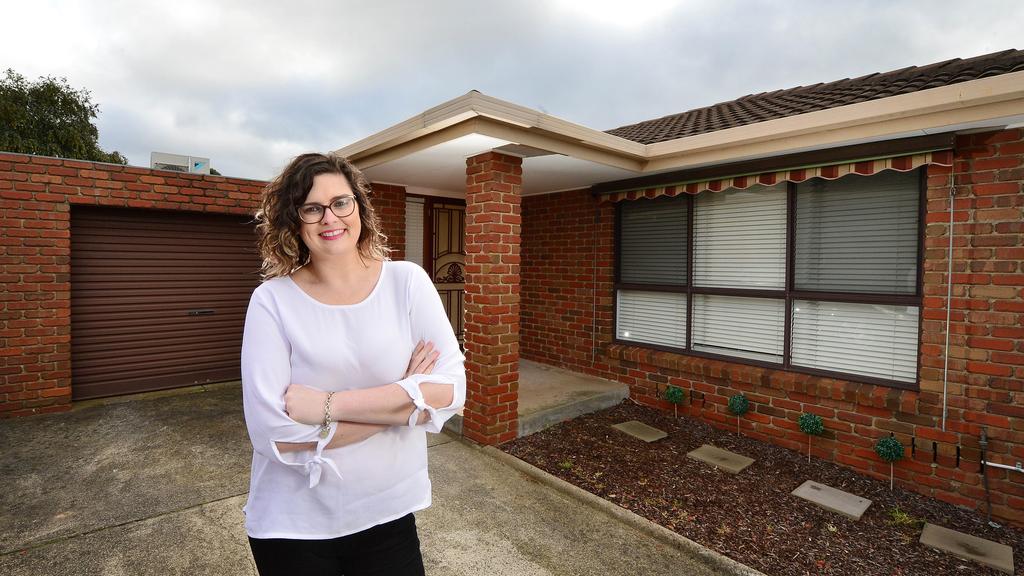
Savvy buyer Amy Bell snared her first home in Mill Park, Whittlesea, which is being touted as a future growth market. Picture: Nicki Connolly
Househunters eyeing future price gains should target regions receiving major infrastructure spending, experiencing gentrification from “grimy” beginnings, and enticing Melburnians making an “exodus to lifestyle”.
Property pundits have identified these characteristics as precursors to long-term gains, making them the next best thing to a crystal ball when it comes to choosing where to buy.
They’ve named the Whittlesea, Mornington Peninsula, Darebin, Moreland and inner-west regions as the best bets for Melbourne buyers, alongside strong regional prospects.
RELATED: Melbourne suburbs where prices still rising amid coronavirus
Melbourne’s million-dollar club welcomes 21 new suburbs
Should you buy or sell during the coronavirus lockdown?
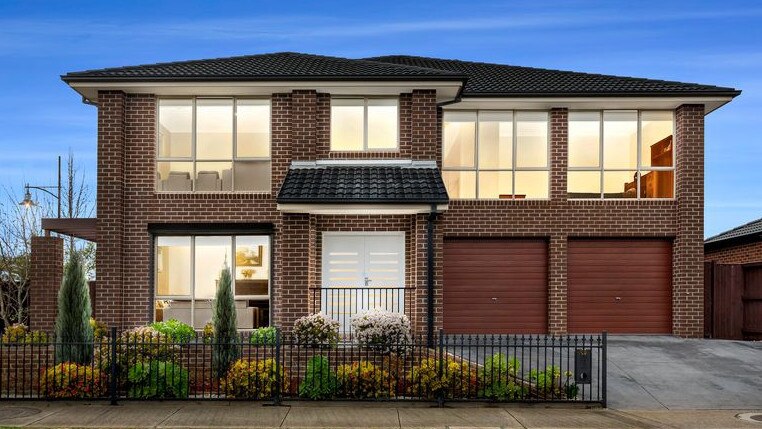
45 Goldminers Place is set to be auctioned online on August 8, with a $740,000-$780,000 price guide, in predicted growth spot Epping.
Hotspotting founder Terry Ryder tipped a coronavirus-driven tree-change trend to bolster property markets on Melbourne’s fringes and in regional Victoria for years to come.
“Regional areas and their economies have been less affected by the pandemic, which has also made people realise they can work from home effectively and don’t need to be in the big, expensive city,” he said.
Another tip-off to future price growth was infrastructure spending, My Ryder said, making areas with approved or under-construction road, public transport, shopping, hospital, school or university projects strong buying targets.
“An area like this is going have a diverse economy that’s creating jobs, and that’s important to the health of property markets,” he said.
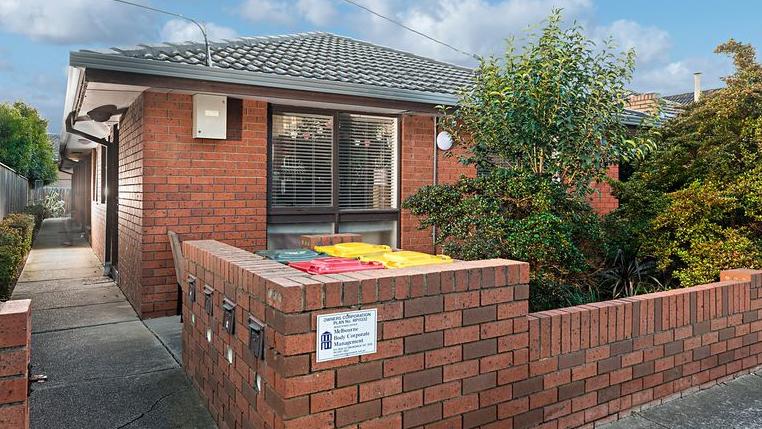
This apartment at 3/153 Pearson Street, Brunswick is listed for private sale for $367,000.
Ever-improving amenities were a tick for the Whittlesea region in Melbourne’s outer north, which also offered affordability and strong local jobs markets.
Mr Ryder highlighted Epping ($570,000 house median) for being home to the Northern Hospital, Pacific Epping shopping centre and a train station. Other affordable options were Lalor, Mill Park, South Morang and Thomastown.
“Families and first-home buyers who don’t need to be more centrally located are seeking affordability and lifestyle (in Whittlesea),” he said. “It’s going to attract long-term demand.”
Mr Ryder said Darebin and Moreland benefited from being “nicely located” near major job nodes, university campuses, Parkville’s hospital precinct, and multiple public transport options.
Their apartment markets were affordable too, with standout postcodes including Northcote ($575,000 unit median) and Brunswick ($535,000).
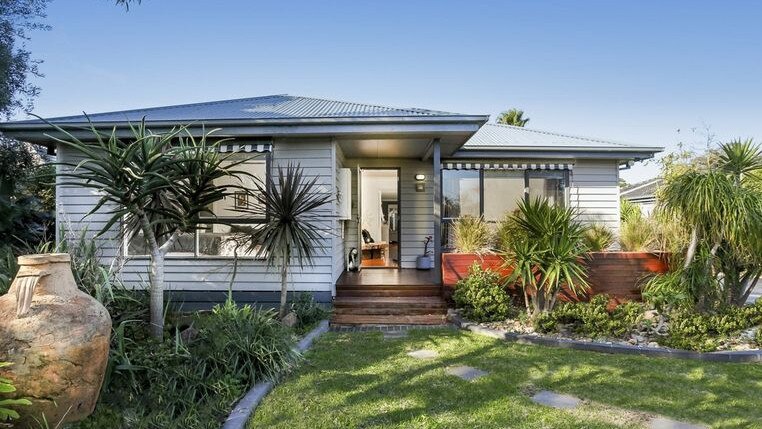
17 Morris Street, Tootgarook is up for grabs for $970,000-$1.03m.
The Mornington Peninsula market had long been a winner, Mr Ryder said. And it had continued to thrive during COVID-19, with Blairgowrie, Hastings, McCrae, Rye, Safety Beach, Sorrento and Tootgarook recording rising demand against the odds in the last quarter.
“It’s partly benefited from a (coronavirus-enhanced) exodus to lifestyle, with people moving out to regional areas or fringe city areas that are still close to the capital,” he said.
As had Ballarat, Bendigo and Geelong, which boasted diverse local economies as well.
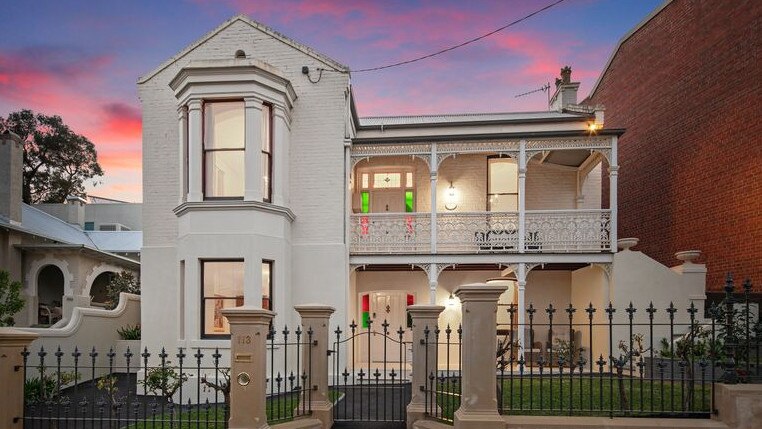
This beauty at 113 Wattle Street, Bendigo is asking $760,000-$780,000.
Mr Ryder also picked Albury-Wodonga and the Latrobe Valley as future stars. The former’s strength lay in its strategically important border location and the fact its biggest employment sectors — including medical services, aged-care and the military — were “more likely to be hiring than firing” during the pandemic.
And government funding being poured into hospitals and transport links in the Latrobe Valley enhanced its investment appeal, alongside its cheap housing.
Propertyology head of research Simon Pressley agreed major infrastructure projects were “exciting” for real estate markets across Australia, with Seymour, Bendigo, Shepparton and Albury-Wodonga to notably benefit from the $10b Melbourne-to-Brisbane inland rail line.
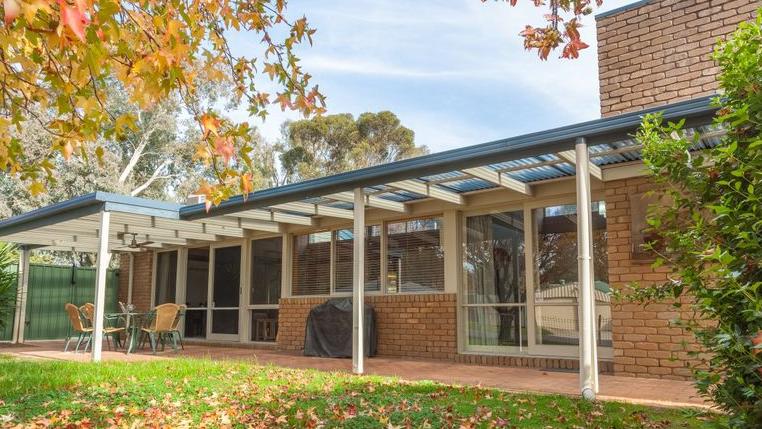
1 Kennedy Court is on the market in hot prospect Wodonga, for $449,500.
Realestate.com.au chief economist Nerida Conisbee added plans for a fast rail from Melbourne to Geelong made the regional city a strong prospect.
She also identified Melbourne’s inner west — including Footscray, Sunshine and Kingsville — as a top buying target, noting the area was “still quite cheap and still a bit grimy, but starting to improve”.
Ms Conisbee said buyer demand, as evidenced by high levels of search activity on realestate.com.au, was another solid indicator of future growth. Suburbs in the inner east and southeast dominated Melbourne’s top 20 most in-demand suburbs of the past year, led by Hawthorn, Albert Park and South Melbourne.
MORE: Hawks champ’s company buys David Jones Bourke Street Mall site
Footscray cottage blends industrial style with Victorian charm
Auction fate of Melbourne’s ‘Machu Picchu’ revealed
MILL PARK JUST MADE SENSE
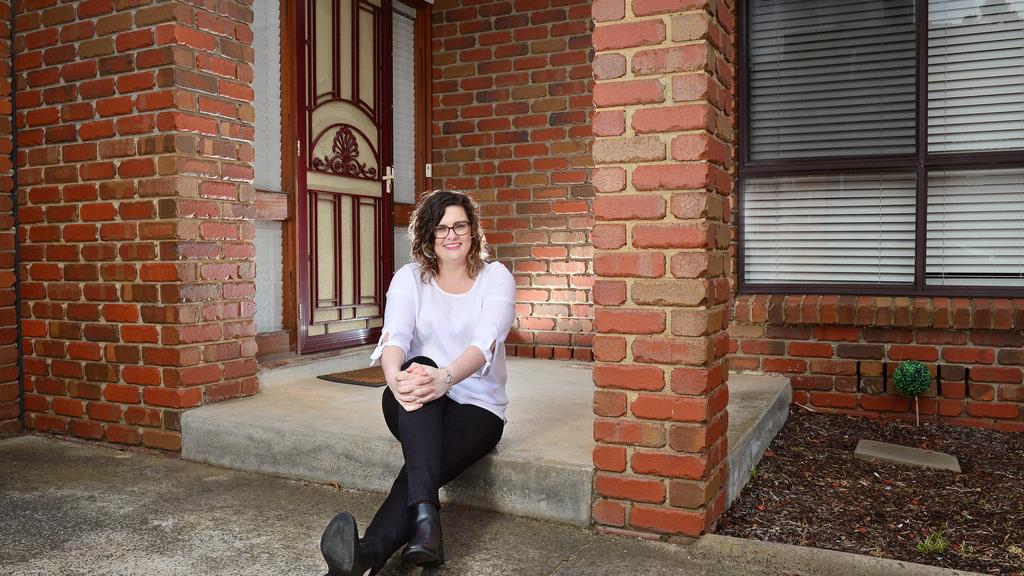
Ms Bell, 29, was drawn to Mill Park’s affordability and closeness to shops, transport options and her workplace. Picture: Nicki Connolly
When Amy Bell was hunting for her first home, Mill Park immediately stood out as an attractive buying spot thanks to its affordable housing and easy access to her work.
“It was also quite close to public transport, and there are lots of shopping centres nearby including Uni Hill,” the 29-year-old nurse said.
“It’s quite a leafy area too. It’s suburban, but you’re not far away from everything.”
Ms Bell snapped up a two-bedroom villa unit at auction in March, for a price close to the outer-northern suburb’s $466,850 median, and moved there from her Heidelberg rental in May.
Realestate.com.au data shows the figure has risen 35.6 per cent over the past five years, while the median house price soared 57.6 per cent to $685,000 in that time frame.
And Hotspotting’s Terry Ryder has forecast continued growth for Mill Park’s Whittlesea region, noting its affordability, access to “huge jobs nodes” and improving amenities would continue to drive buyer demand.
Ms Bell said the $25m Mill Park Leisure centre redevelopment was exciting for the area, and she’d also come to appreciate the suburb’s many parks during the COVID-19 lockdowns.
The savvy buyer settled on the postcode by seeking advice from friends who lived in the area, and from her mortgage broker.
“They had good things to say about the local market, that it an area that had a lot of growth left in it,” she said.
VICTORIA’S FUTURE GROWTH STARS
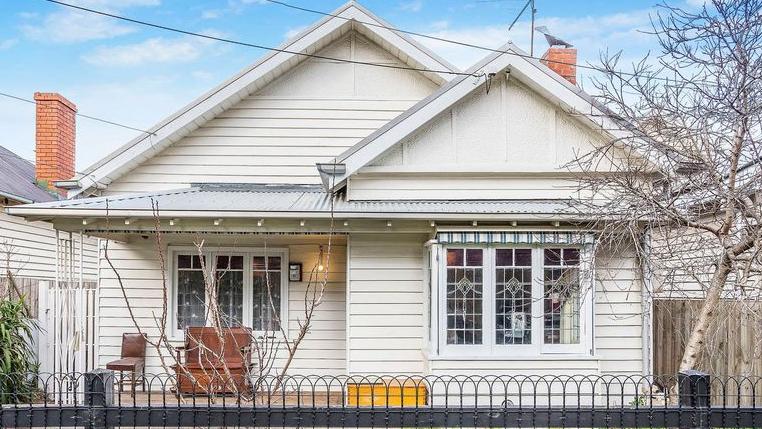
79 Chirnside Street, Kingsville is seeking a $830,000-$910,000 sale.
Property experts Terry Ryder of Hotspotting, Simon Pressley of Propertyology, Nerida Conisbee of realestate.com.au have tipped long-term price gains in these regions:
MELBOURNE
Darebin (including Fairfield, Northcote, Preston, Reservoir, Thornbury)
Moreland (including Brunswick, Brunswick East, Brunswick West, Coburg, Coburg North, Fawkner, Glenroy, Hadfield, Oak Park, Pascoe Vale, Pascoe Vale South)
Mornington Peninsula (including Bittern, Blairgowrie, Capel Sound, Crib Point, Dromana, Hastings, McCrae, Mornington, Mount Eliza, Mount Martha, Rosebud, Rye, Safety Beach, Somerville, Sorrento, Tootgarook)
Whittlesea (including Bundoora, Doreen, Epping, Lalor, Mernda, Mill Park, South Morang, Thomastown, Whittlesea, Wollert)
Inner west (including Footscray, Sunshine, Kingsville)
REGIONAL
Albury-Wodonga
Ballarat
Bendigo
Geelong
Latrobe Valley
Seymour
Shepparton
The post Victoria’s future real estate growth markets picked by experts appeared first on realestate.com.au.

